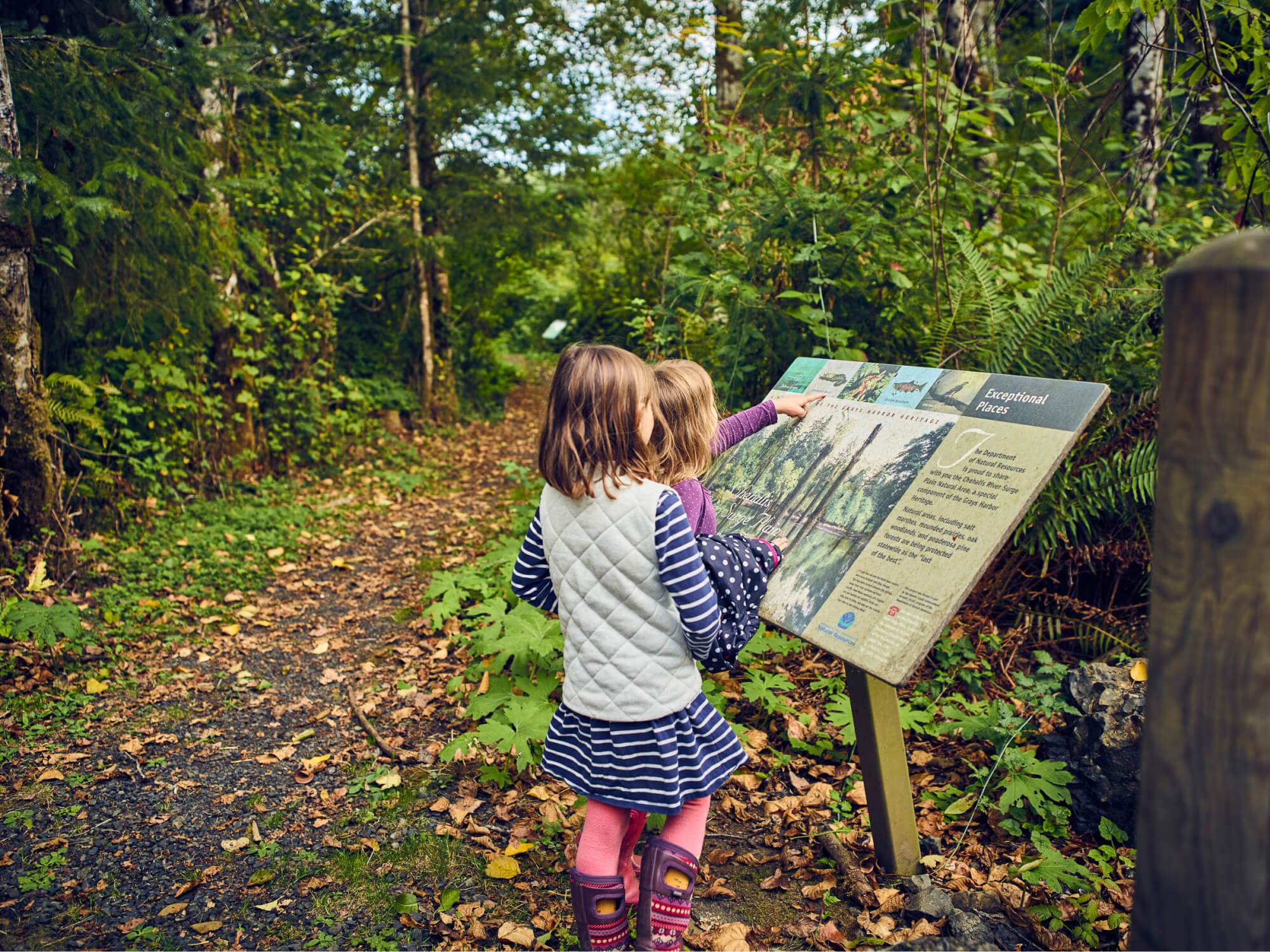Featured Flyers

Rivers and their surrounding forests and wetlands are life sources for so many of the West’s most interesting and imperiled bird species. Estuaries beckon migratory birds as resting points, fog-shrouded old growth forests shelter young owls and murrelets as they prepare for their first flights, and lush riverbank vegetation provides nesting grounds for rare songbirds.
The diversity of these western birds is vast, but one thing most of them have in common is their need for healthy rivers. That’s where WRC’s work is key. When we set out to conserve riverlands, our top priority is ensuring that rivers remain healthy, dynamic places for wildlife like birds to thrive.
So, for our latest installment of Eddied Out, we’ve profiled six extraordinary birds that depend on great rivers that WRC has worked to protect. Among these featured flyers are species making remarkable recoveries from the brink of extinction, one whose DNA is fueling groundbreaking scientific discoveries and another whose distinctive call is etched into the folklore of the southwest.
We hope you enjoy!
Featured Flyers: 6 Great Birds That Depend on Rivers
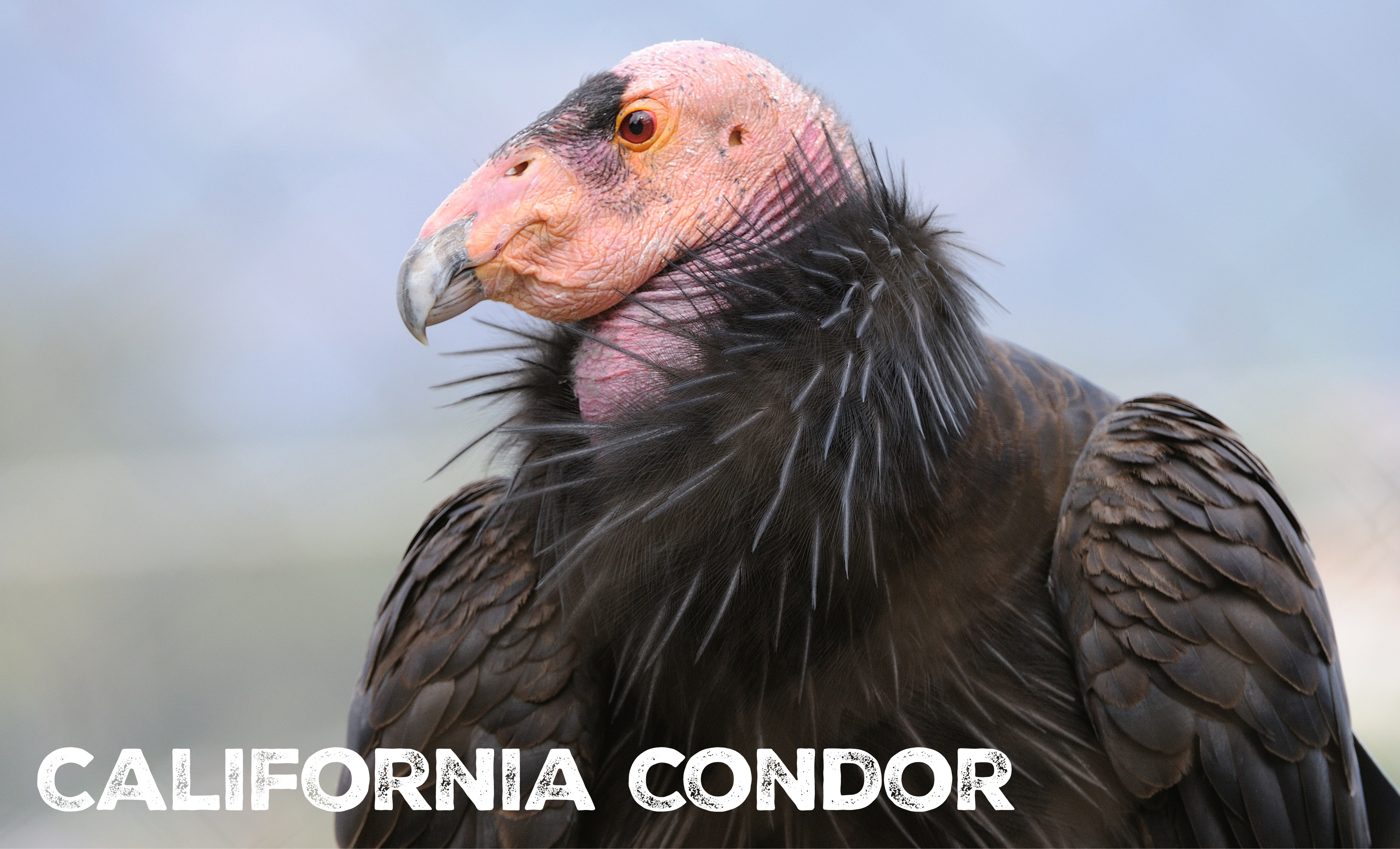
Why they're special: Talk about wings! These endangered scavengers are the largest land birds in North America, with a wingspan of nearly 10 feet. Ancient and prehistoric looking, these resilient vultures have made a remarkable comeback from near extinction. In 1987, all 22 remaining wild California condors were placed in a captive breeding program to save the species. Today, 32 years after their reintroduction, wild condor numbers top 500. The Yurok Tribe of California, with whom WRC partnered to create the Blue Creek Salmon Sanctuary and Yurok Tribal Community Forest, is one of the leaders in the condor recovery effort. The tribe is one of many indigenous cultures that consider condors sacred.
WRC projects where you’ll find them:
- Little Sur River, California
- Klamath River – Blue Creek, California
- South Fork Kern River, California
Learn more:
Yurok condor restoration program, Yurok Tribe
California condors fly free for the first time, Oregon Zoo
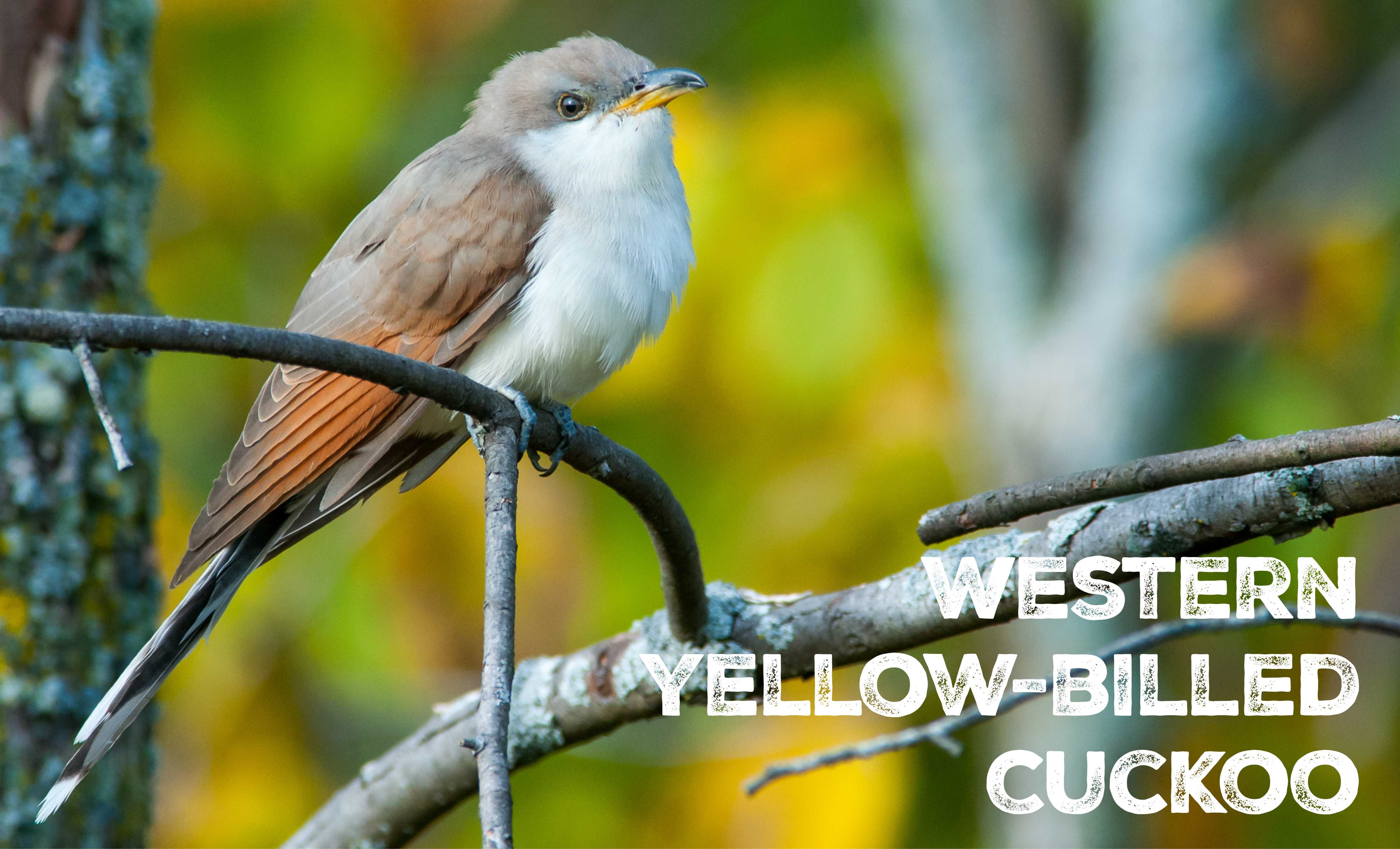
Why they’re special: Although they are rarely ever seen, the western yellow-billed cuckoo is often heard. The bird’s distinctive call echoes through the dense riparian cottonwoods, willows and oaks that it calls home. This threatened neotropical migrant used to range as far north as British Columbia in the breeding season, but dwindling populations are now centered around Arizona and New Mexico. Its months-long stay in the southwest before migrating further south for the winter often coincides with the monsoon season. Because the bird’s emphatic call seems to herald in rainstorms, it has earned the folklore nickname of Rain Crow.
WRC projects that are critical to western yellow-billed cuckoo:
- Fossil Creek, Arizona
- Conejos River – Rio Grande, Colorado
- Eel River Estuary, California
Learn more:
A migrating cuckoo named Hummus makes a tasty case for land conservation, Audubon Society
Listen to the call of a western yellow-billed cuckoo, YouTube
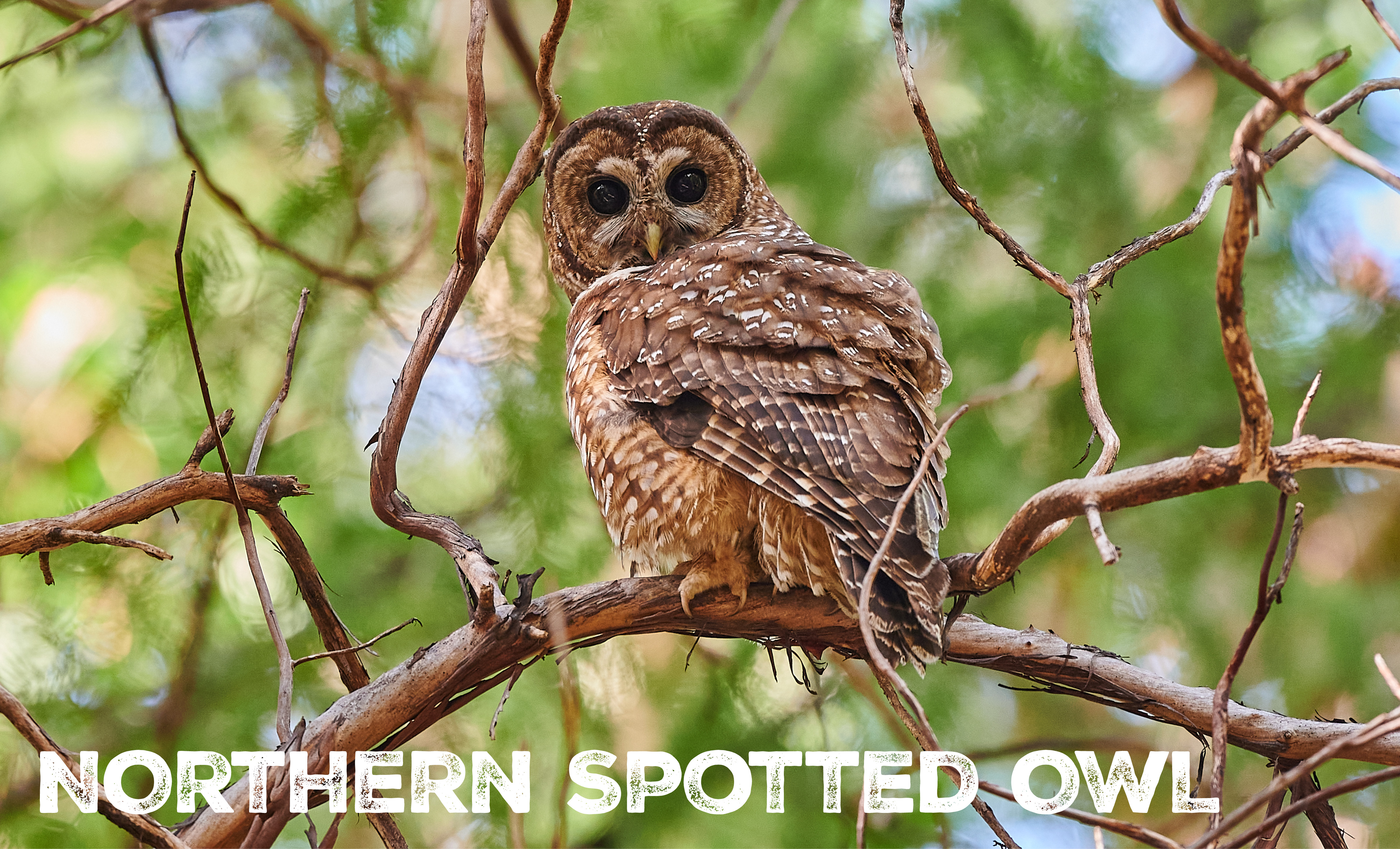
Why they’re special: The threatened northern spotted owl is one of the most prominent (and once divisive) poster children for old growth forest protection in the Pacific Northwest. These intense, mythical-looking birds (one of the only owl species with dark colored eyes) rely on hundred-plus-year-old trees, typically Douglas firs, to nest and hunt. Northern spotted owls are monogamous and mate for life, with each pair requiring a large territory in which to forage and breed. Some of the biggest threats to northern spotted owls are habitat loss and encroachment by the non-native barred owl. The bird is considered an indicator species, meaning its presence in old-growth forests points to a healthy, functioning ecosystem.
WRC projects that are critical to northern spotted owl:
- Klamath River – Blue Creek, California
- North Umpqua River, Oregon
- Nisqually River, Washington
Learn more:
Last call: Tracking the sound of the spotted owl’s extinction, Oregon Public Broadcasting
Owl in the old growth: The species that sparked a reckoning on Oregon's federal forestlands, KGW

Why they’re special: A rare and secretive bird, marbled murrelets are rarely spotted by humans. That’s not just because this endangered bird is dwindling in numbers, but because they are extremely well-camouflaged—during breeding season they turn from black and white to a marbled brown that matches the forest canopy—and can fly surprisingly fast, up to 100 miles per hour! Both a seabird and forest bird, marbled murrelet forage in the marine waters of the Pacific Coast and then fly inland up to 55 miles, often along river corridors, to nest in old-growth trees typically 200 years old or older. Rather than building a nest, parents lay a single egg hundreds of feet up on wide, moss-covered branches, and take turns incubating the egg while flying miles out over the ocean to forage and bring food back to their young. It’s because of this elusiveness that the marbled murrelet’s nesting habits were the last of any bird in North America to be discovered in the 1970s.
WRC projects that are critical to marbled murrelets:
- Bear River – Willapa Bay, Washington
- Hoh River, Washington
- Klamath River – Blue Creek, California
Learn more:
Ending the murrelet malaise, High Country News
From sea to tree, scientists are tracking marbled murrelet with rising precision, Audubon Society
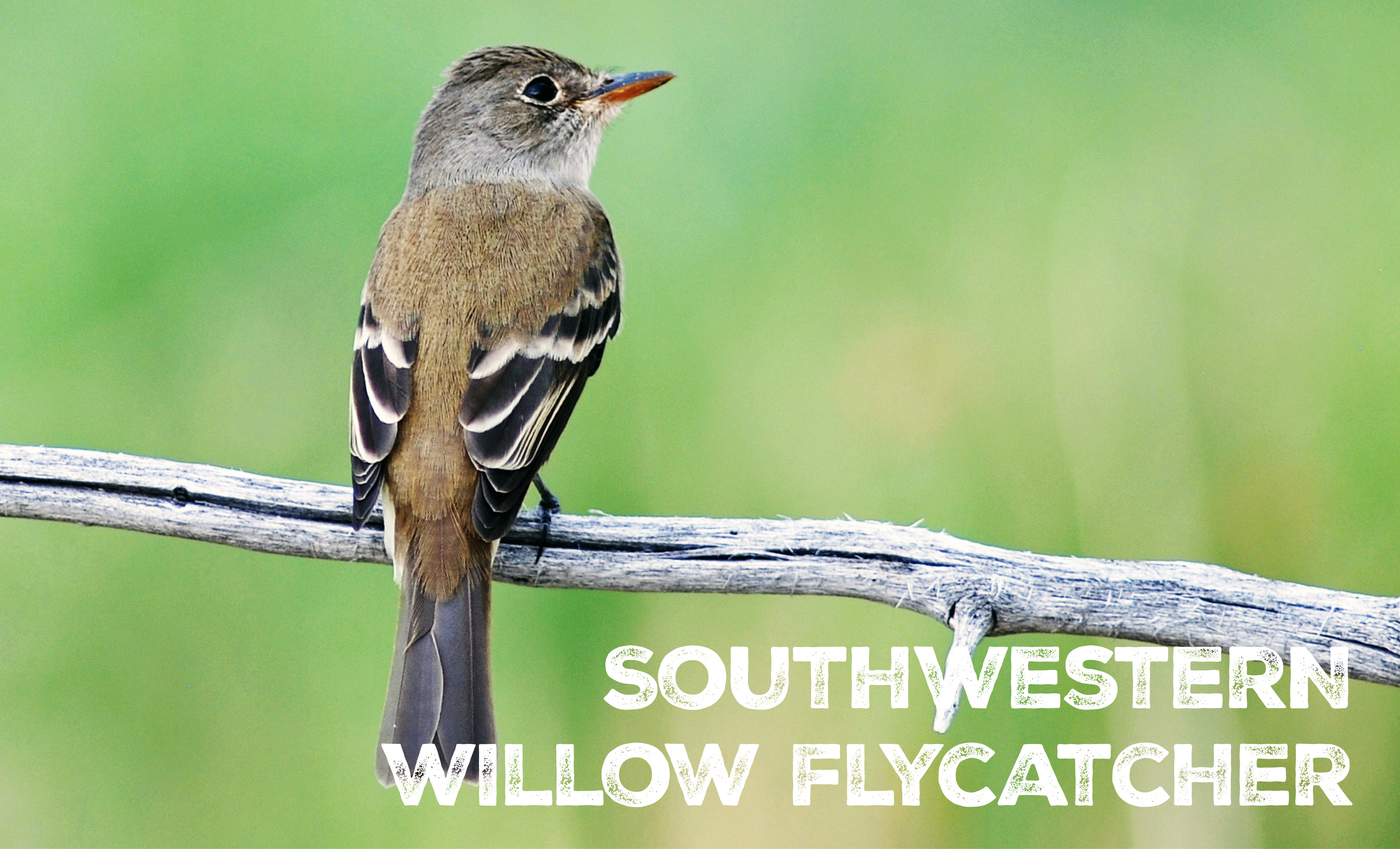
Why they’re special: This small, olive brown colored songbird is understated in appearance, but its DNA is remarkable. Scientists have been looking to this endangered neotropical migrant as an example of how rapidly evolution can occur in the face of climate change. In the span of just a century, the southwestern willow flycatcher has adapted at a genetic level to be better equipped for increasingly humid, wet days. Still, this southwestern bird, which depends on dense riverbank vegetation for nesting, is experiencing rapid habitat loss due to development in its historic range. Saving their habitat, especially along rivers, is key to their long-term survival.
WRC projects that are critical to southwestern willow flycatcher:
- Mojave River, California
- South Fork Kern River, California
- Upper Rio Grande, Colorado
Learn more:
This songbird’s genes may show how climate change has sped up evolution, The Washington Post
Facts about southwestern willow flycatcher, American Bird Conservancy
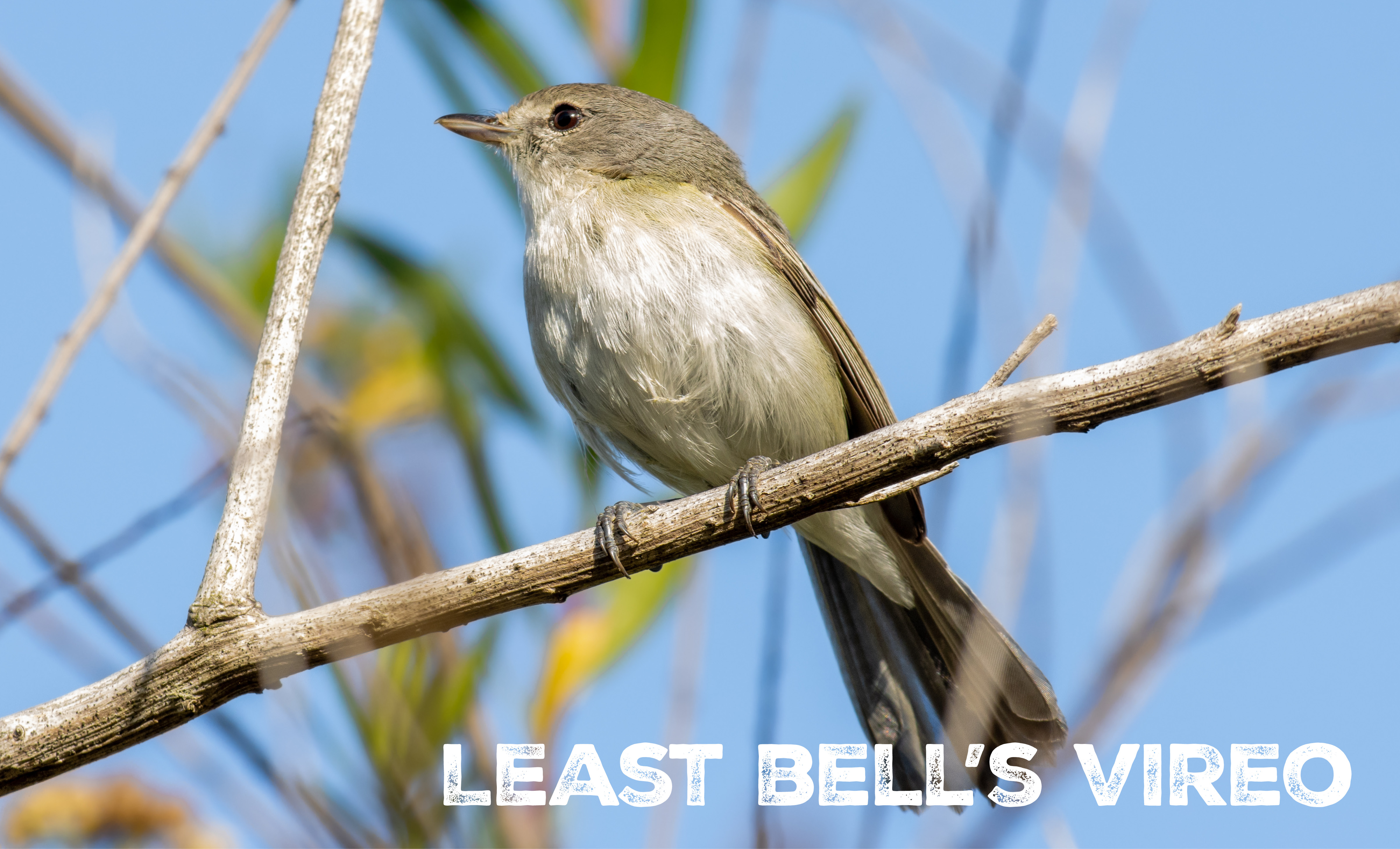
Why they’re special: Least Bell’s vireo is an endangered migratory songbird that has made a tenacious recovery from near extinction in recent decades. There are 15 different vireo species, and the least Bell’s subspecies calls Southern California home. This small, ash-colored bird travels roughly 2,000 miles annually between California and Mexico, relying on dense riparian woodlands to breed. Interestingly, Bell’s vireos have never been observed drinking water, meaning—as far as biologists can tell—the small birds get all they need from the insects they dine on. Desert rivers, like the Mojave, are key to the species' survival, as they nest and forage almost exclusively in riparian woodlands.
WRC projects that are critical to Least Bell’s vireo:
- South Fork Kern River, California
- Mojave River, California
Learn more:
Bell’s vireo life history, Cornell Lab
Listen to the call of a least Bell’s vireo, YouTube
Images from top: Banner image by Rick Fridell, California condor by Joseph, Northern spotted owl by Frank D. Lospalluto, Western yellow-billed cuckoo by Paul Sparks, Marbled murrelet by Mathew Knutson, Southwestern willow flycatcher by Rick Fridell, Least Bell's vireo by Kevin
